In modern medicine, organ transplantation is one of the important techniques, opening up the chance of life for patients with end-stage organ failure. In children, organ transplantation is not only a surgery but also a journey to regain life, return childhood and future.
Each donated liver and kidney is not just a part of the body, but also love, sacrifice and hope.
In Vietnam, Children's Hospital 2 (HCMC) is the first pediatric organ transplant center in the South. Over the past two decades, the hospital has performed 54 liver transplants and 37 kidney transplants.
Behind those numbers are dozens of children who escaped death, and parents who did not hesitate to donate a part of their body to save their children.
A year ago, mother and son, Ms. HN (28 years old) and her son, baby AQ (2 years old) underwent a major liver transplant surgery. Baby Q. is the second child of Ms. N. and her husband, and was diagnosed with congenital biliary atresia when he was just over a month old.
“A few days after birth, the baby had jaundice. At first, I thought it was physiological jaundice and it would go away in a few days. But when I went to the doctor, he said it was a dangerous sign and needed to be transferred to a higher-level hospital. My heart dropped,” Ms. N. recalled.
At Children's Hospital 2, the examination results showed that Q. had congenital biliary atresia and needed a Kasai surgery to clear the bile ducts and prolong her life. Hearing the announcement, the young mother was stunned and could only cover her face and cry.
Congenital biliary atresia has an incidence of 1/10,000, causing cholestasis, which in the long term will cause cirrhosis and liver failure. Children with congenital biliary atresia need Kasai surgery within the first 100 days of life. If Kasai surgery is unsuccessful, the child must have a liver transplant to sustain life.
During the hours waiting in front of the operating room, N. and her husband could only hold hands and pray. But the miracle did not happen, the surgery did not bring the expected results. Now, a liver transplant is the only way for the baby to continue living.
“After 18 months of age, if there is no liver transplant, the mortality rate can be up to 100%.” The doctor’s words haunted N. and her husband for many nights. Seeing their child growing up, skinny, yellow, with not much time left, the couple decided to donate their liver to save their child, at any cost, they had to keep their child alive.
The test results showed that the mother was highly compatible and could donate her liver to her child. Hearing the results, Ms. N. was overjoyed.
Because of severe liver cirrhosis, Q. was constantly sick. Several times, surgery was scheduled but had to be postponed close to the day because of infection. After three times of hope and disappointment, N. and her husband decided to rent a place near the hospital, both for convenience in re-examination and to wait for the announcement of the liver transplant for their child.
In July 2024, an unexpected opportunity came to the family. Right before the liver transplant, a child got an infection and had to postpone the surgery, and baby Q. was replaced. At that time, the baby was only 15 months old.
“Hearing the news that my child could receive a liver transplant, my husband and I rushed to the hospital that night to get tested. I didn’t dare to be happy too soon, afraid of being disappointed like the previous three times.
It was not until I was pushed into the operating room that I dared to believe that my child was about to be saved,” she said.
The surgery lasted more than 12 hours. In two operating rooms, a team of about 50 doctors and medical staff removed part of the mother’s liver to replace the severely damaged liver of her son.
A few months later, although Q. was treated as an outpatient, N.'s family still rented a room in Ho Chi Minh City for weekly check-ups and to avoid contact with many people around them.
The day the doctor told her that her child was discharged and would only need to be checked once a month, she burst into tears. Tears of happiness rolled down the young mother’s face.
Now, baby AQ is over two years old, chubby, his eyes are no longer yellow from illness. Part of his mother's liver in his body is still functioning well. Apart from having to take anti-rejection drugs every day, the boy develops normally, is as active as any other healthy child his age.
“All the pain and all the dark days are behind us. Luckily, my child finally found life. My husband and I are grateful and thank you all,” the young mother said happily.
For more than 10 years working in the Hepatobiliary Pancreas and Liver Transplant Department, Dr. Tran Thanh Tri, head of the department, has never stopped worrying about the children with dark yellow skin, large bellies, and who are gradually debilitated by liver failure and end-stage cirrhosis. For these children, liver transplantation is the only method to help them continue living.
“At the department, the need for liver transplants is estimated at 30-50 cases per year. Currently, the need for liver transplants is increasing, and the source of donated organs is never enough,” said Dr. Tri.
Unlike children with liver failure, children with kidney failure have many other conservative treatment methods such as dialysis or peritoneal dialysis. However, kidney transplantation is still the most optimal method to help these children live a normal life without having to be attached to machines or hospital beds.
Dr. Phan Tan Duc, Head of the Department of Nephrology and Urology, said that the department is treating 40 children with end-stage renal failure.
He always remembers a child with hyperparathyroidism who was being treated in the department. At the age of 16, instead of going to school or participating in fun activities with friends, the child had to spend 4 years with dialysis sessions.
Hyperparathyroidism caused severe calcification of the blood vessels and old kidneys, causing such pain that he could not walk on his own.
For my family, every day is a battle. For me, getting up and walking has become a seemingly simple yet distant dream.
In that context, the kidney transplant was suggested as the only “lifesaver”. The surgery was successful. From being unable to walk on his own, he was able to stand up and walk normally after the transplant. It was not only a physical change but also a “rebirth”, giving him back the youth that the disease had robbed him of.
For Dr. Duc, this is an impressive clinical case, because the effectiveness of kidney transplantation is superior to maintaining dialysis or blood filtration, which are no longer effective. But above all, this story also reflects a larger truth: the need for pediatric organ transplantation in Vietnam is increasing, while the source of organs is extremely limited.
Currently, most pediatric organ transplants still rely on living donors, usually parents. Organs from brain-dead donors, especially brain-dead children, are extremely scarce.
“Unlike the liver, which can still develop normally in the donor and recipient after being cut and transplanted, the kidney does not have this ability.
Meanwhile, the kidney size of adults and children is different, so transplanting organs from adults to children will have certain difficulties. If using organs from children to transplant children, it will be more convenient. However, the law does not allow people under 18 to donate organs," Dr. Duc shared.
At Children's Hospital 2, 96% of children received liver and kidney transplants from their parents or blood relatives. Only 4 cases received organ transplants from brain-dead donors.
According to Dr. Dang Xuan Vinh, Head of the General Planning Department, the need for organ transplants in our country is increasing while the source of donations from brain-dead people is not enough.
However, currently, Vietnam's Organ Donation Law does not allow people under 18 years old to donate organs. The Ministry of Health has also proposed that the National Assembly extend the right to donate organs to brain-dead people under 18 years old.
Experts all believe that if the law is soon adjusted to allow people under 18 years old to donate organs after brain death, the source of organs for pediatric patients will be more abundant, opening up the chance of life for hundreds of children with liver failure, kidney failure, especially heart failure, who are waiting wearily.
“Children with liver failure can receive a liver from a living donor, and children with kidney failure can receive conservative treatment. But for children with heart failure, expanding the Organ Donation Law can give them more chances to live,” the doctor emphasized.
Children's Hospital 2, formerly Grall Hospital, was established in 1879 and built and managed by the French. After the complete liberation of the South, the hospital was taken over by the Government , renamed Children's Hospital 2 and officially became the final pediatric medical facility in the Southern region.
Since its establishment, the hospital has been one of the specialized pediatric hospitals. Many new techniques of pediatrics were first implemented at Children's Hospital 2, most notably organ transplantation.
The High-Tech Treatment Center is the foundation for the formation and development of the Center for Pediatric Surgery and Intensive Care, and the Pediatric Organ Transplant Center for all children, especially in the southern provinces/cities.
Sharing more, Dr. Vinh said that Children's Hospital 2 is urgently completing the high-tech treatment building of the Organ Transplant Center to put into operation in 2026.
When the center comes into operation, the hospital will invest in synchronous development of human resources, equipment... In addition to the kidney, liver and stem cell transplant techniques that have been successfully implemented, the hospital also strives to master a number of new organ transplant techniques.
Pediatric organ transplantation is not only a medical technique, but also a journey of love, sharing and hope. Each donated liver and kidney not only saves a life, but also gives back a child’s childhood and future.
But to have more of these miracles, we need the support of the whole society, from legal policies to community awareness. Because only when the source of donated organs is more abundant, the chance of life will truly be multiplied for hundreds of children who are waiting for a rebirth.
Photo: Children's Hospital 2
Content: Dieu Linh
Design: Tuan Nghia
August 26, 2025 - 06:47
Source: https://dantri.com.vn/suc-khoe/hon-hai-thap-ky-ghep-tang-tre-em-viet-tiep-nhung-trang-tuoi-tho-dang-do-20250825170836595.htm



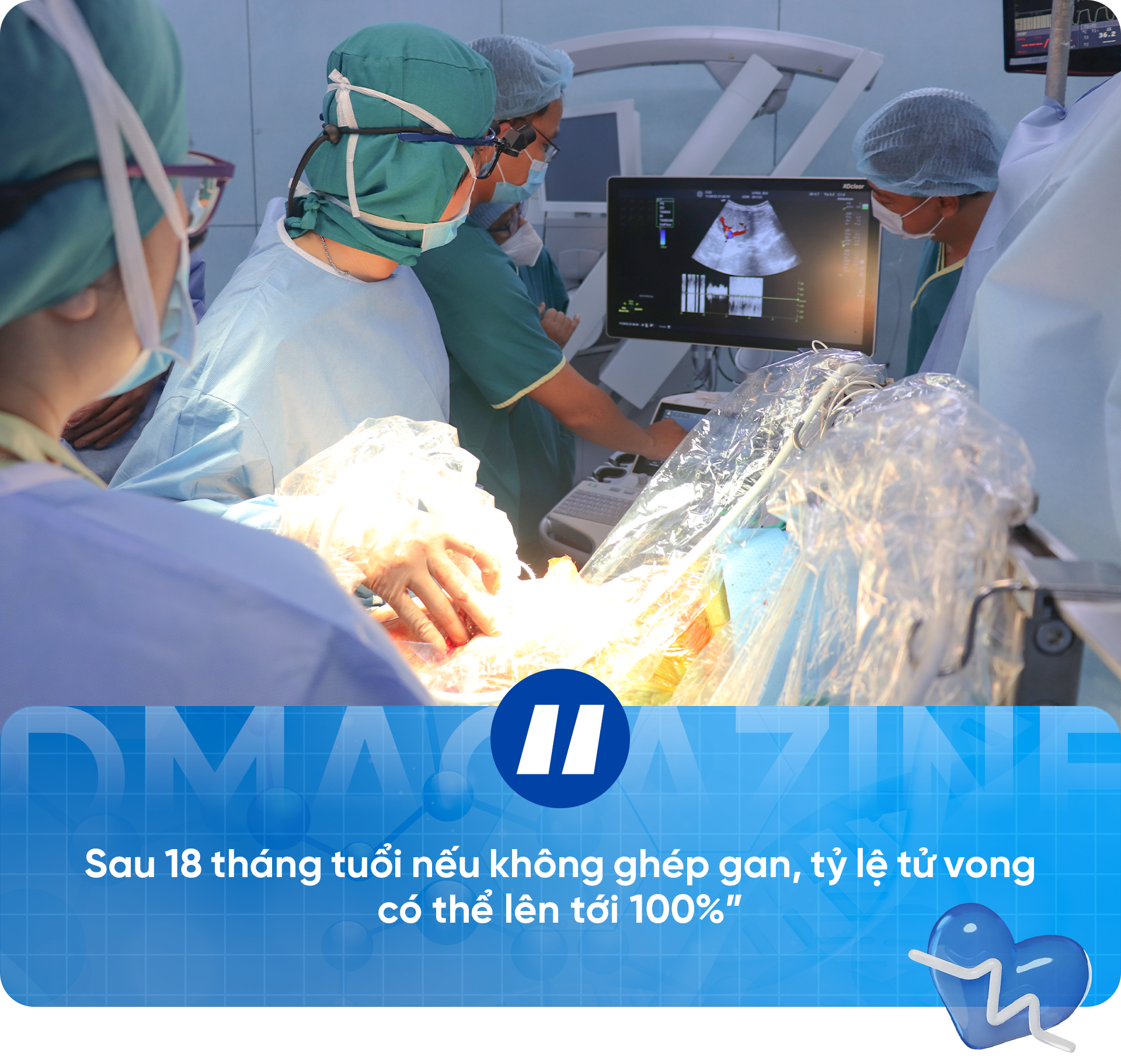
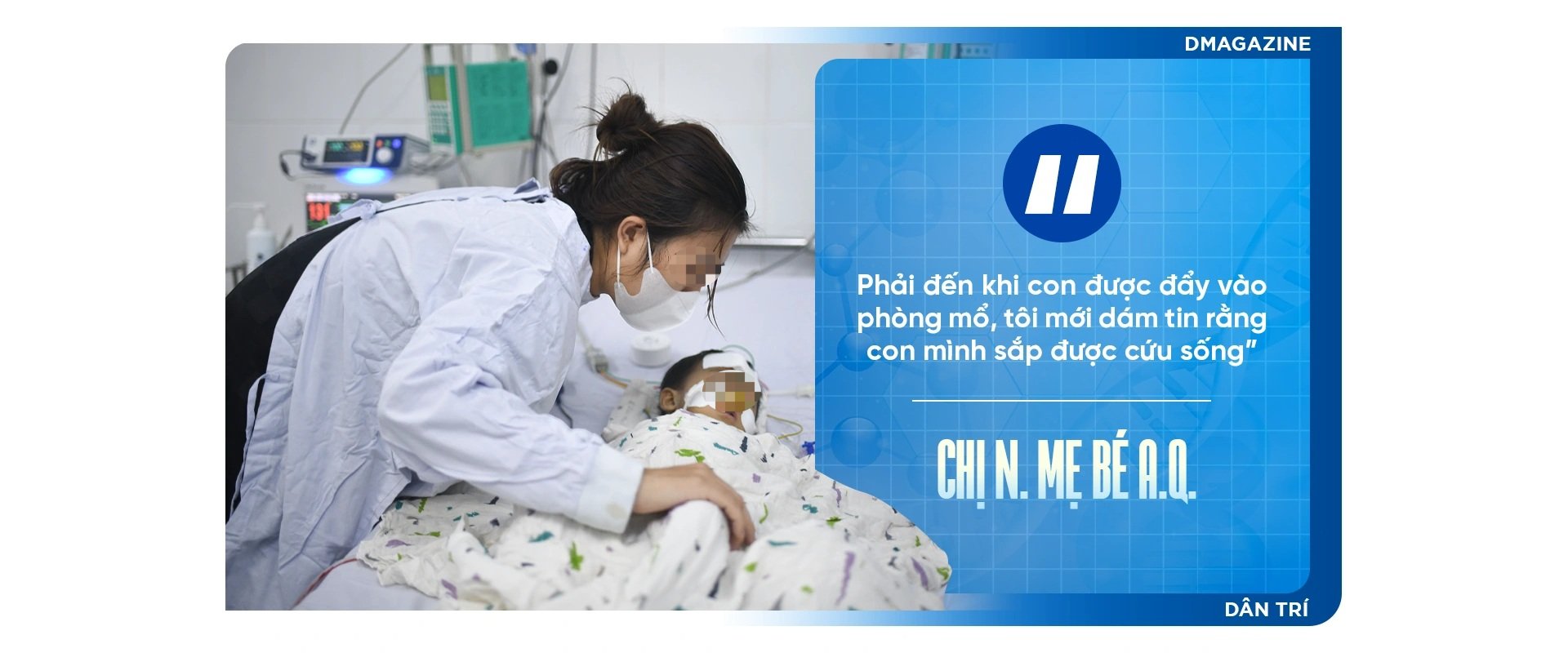
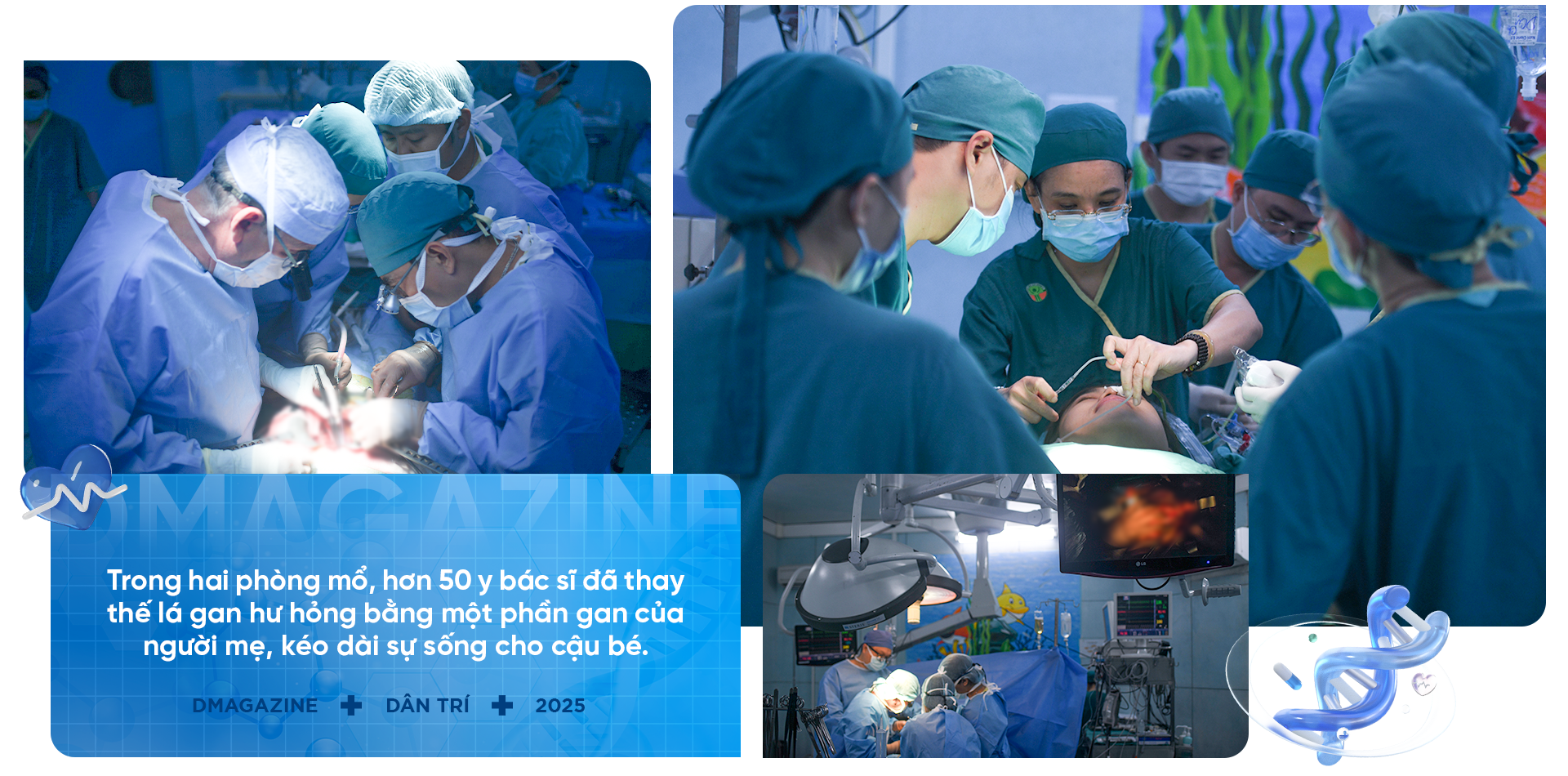
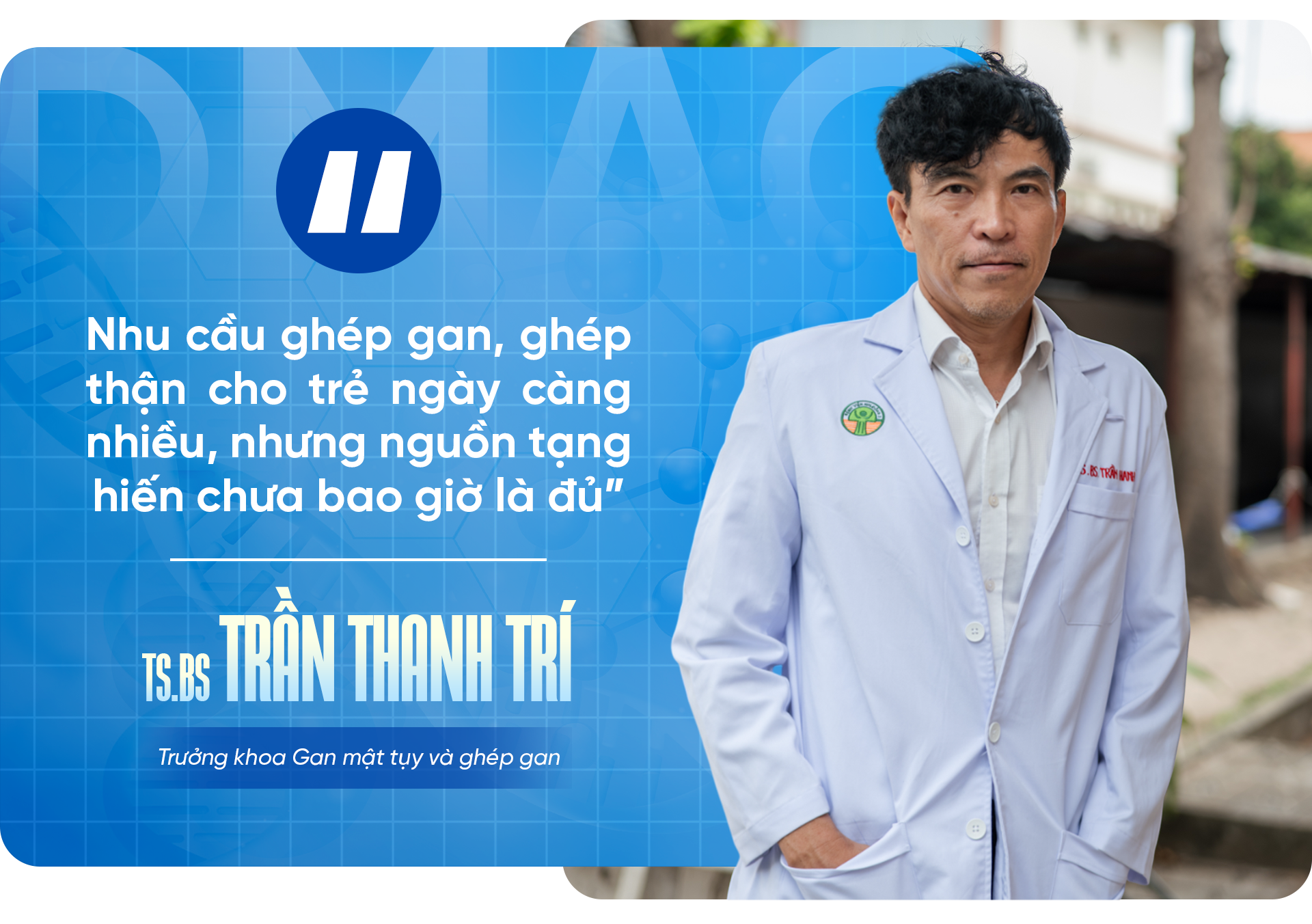
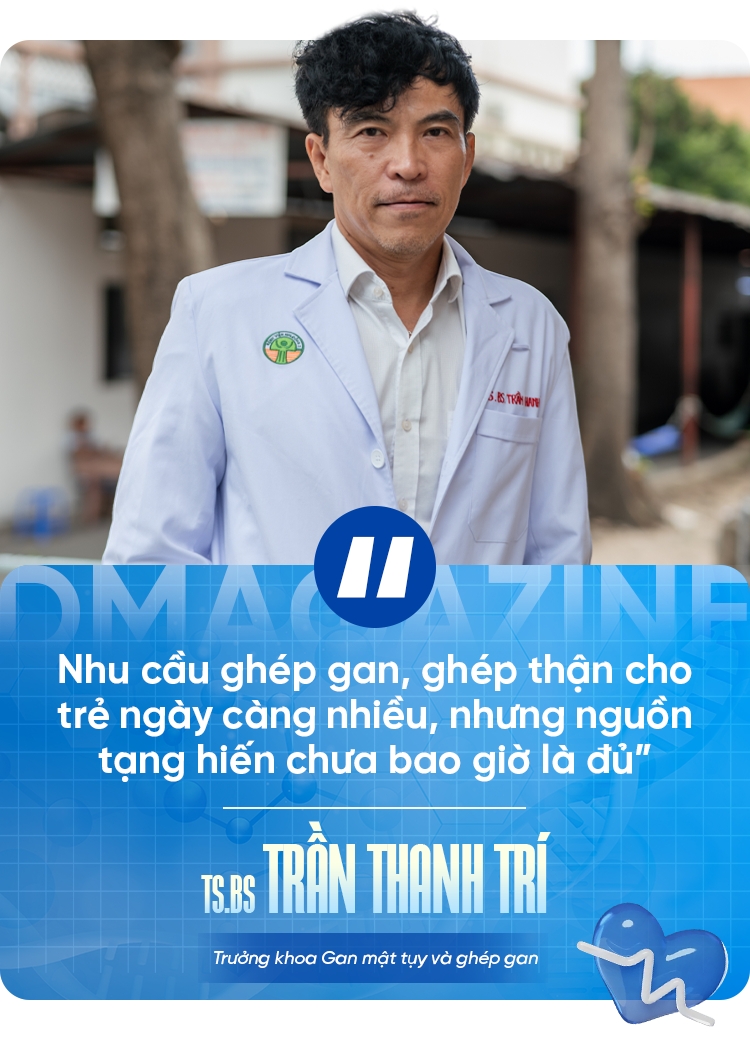

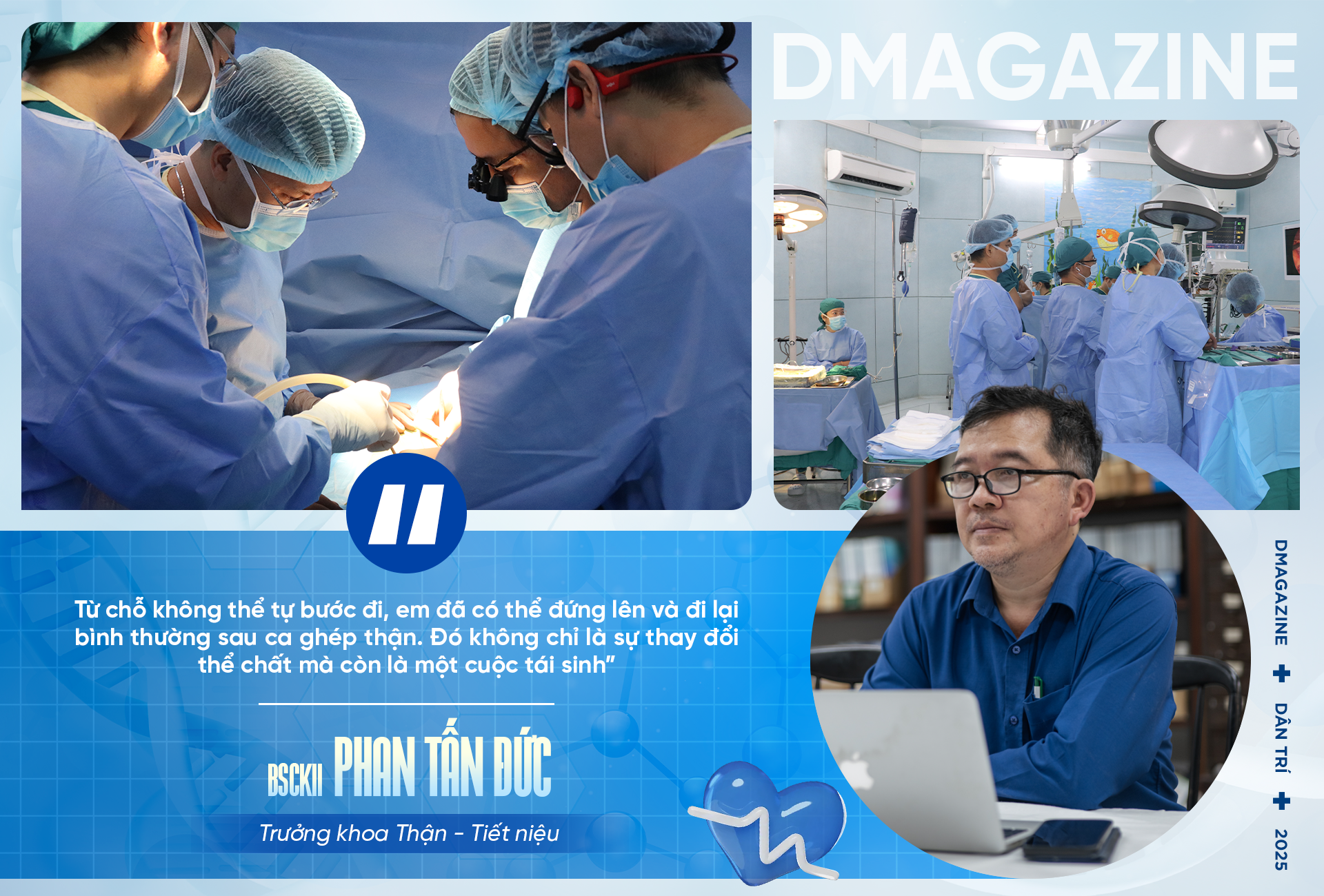

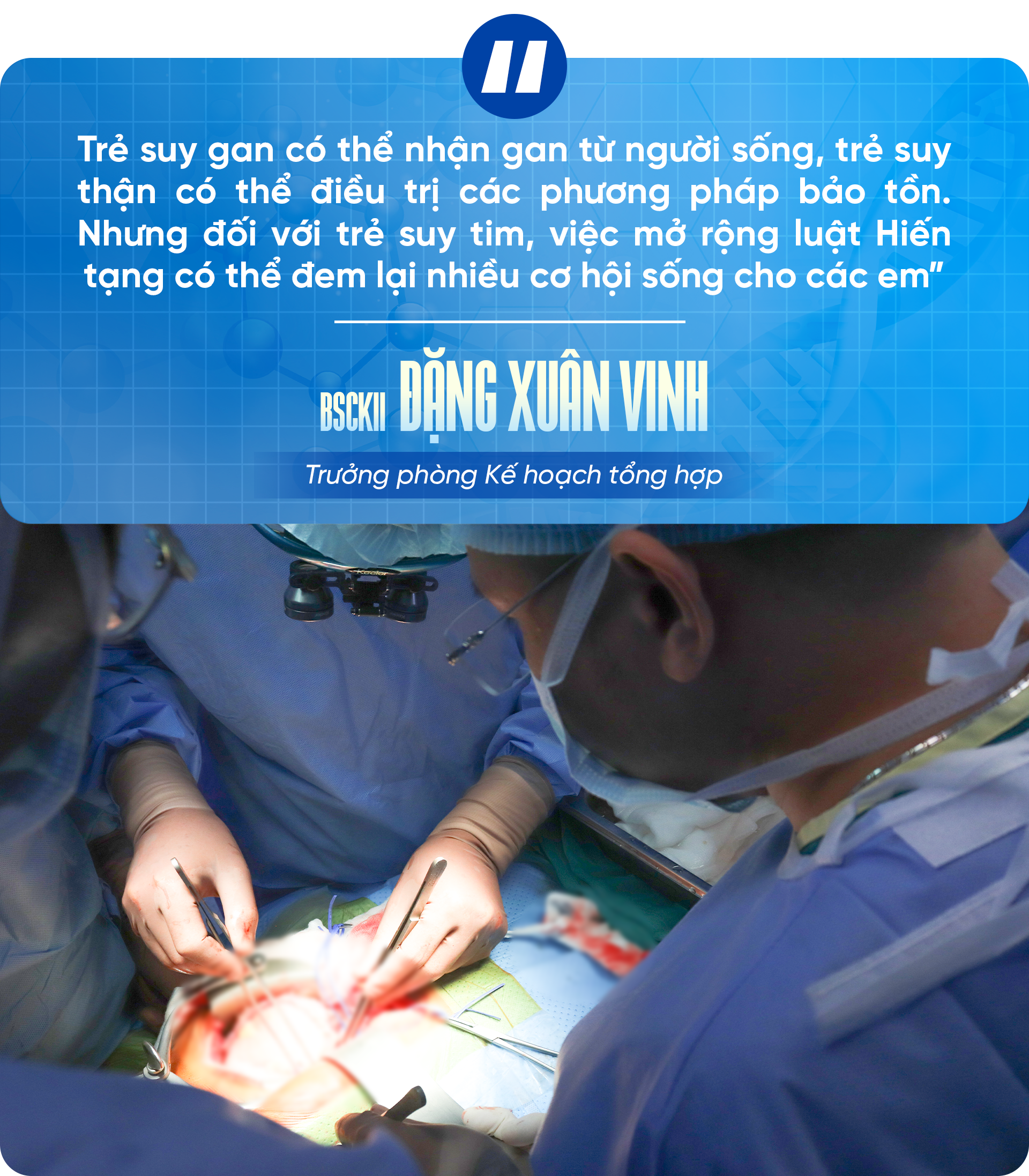
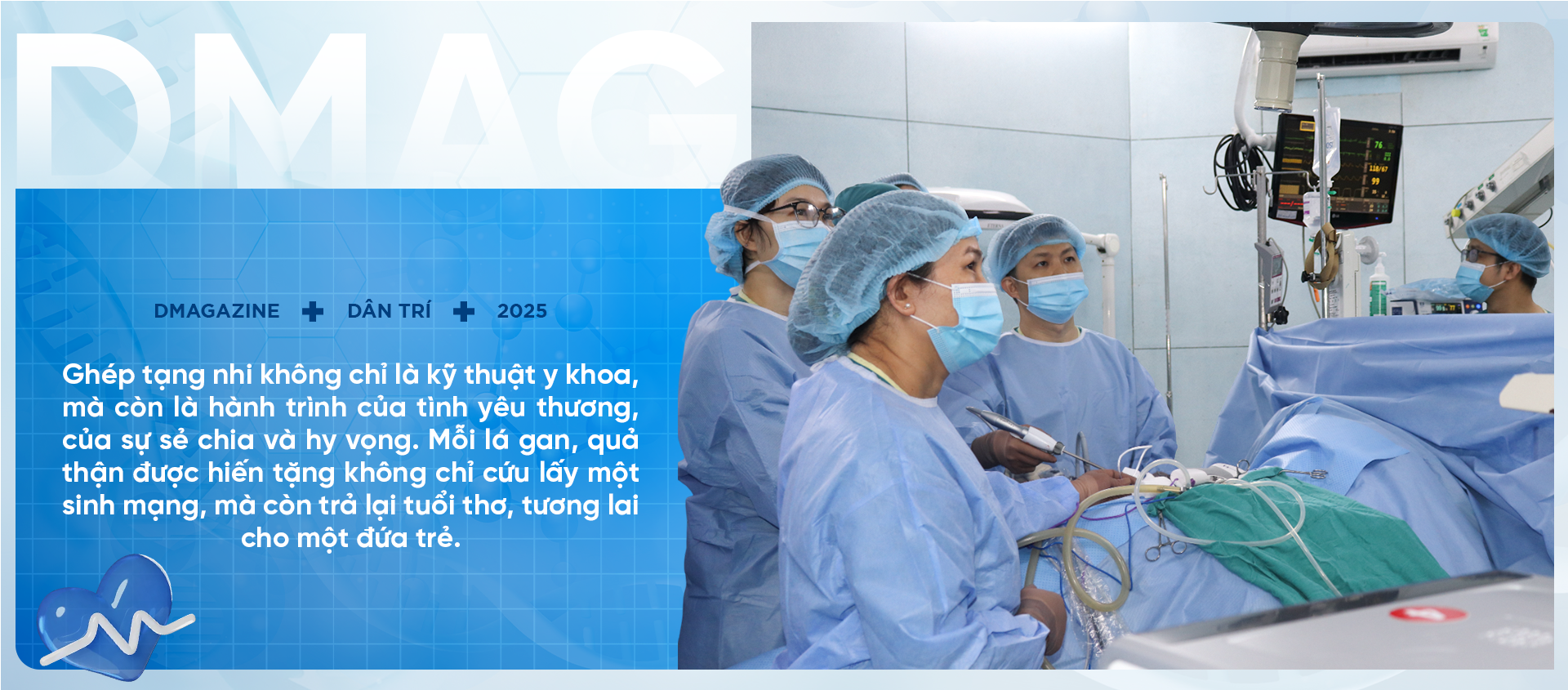

![[Photo] Prime Minister Pham Minh Chinh receives President of Cuba's Latin American News Agency](/_next/image?url=https%3A%2F%2Fvphoto.vietnam.vn%2Fthumb%2F1200x675%2Fvietnam%2Fresource%2FIMAGE%2F2025%2F12%2F01%2F1764569497815_dsc-2890-jpg.webp&w=3840&q=75)





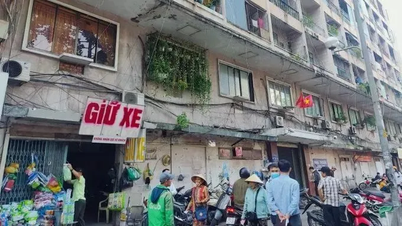



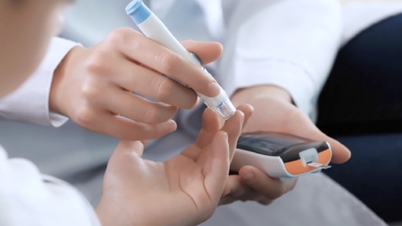
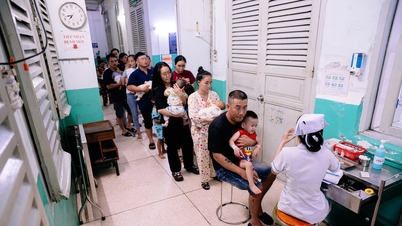
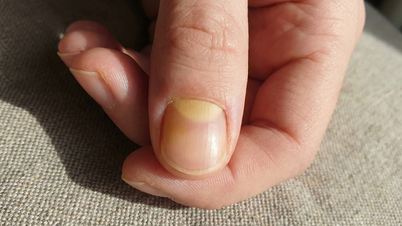

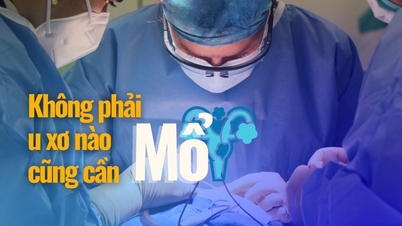
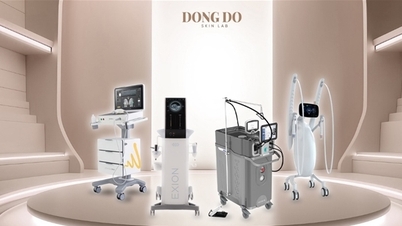





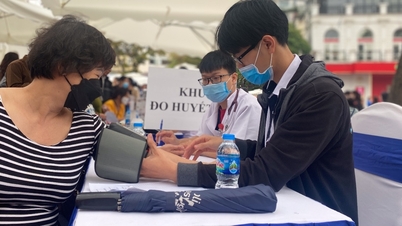







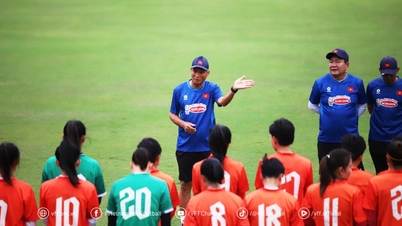









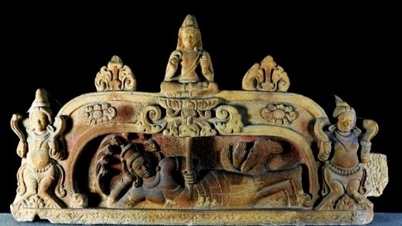



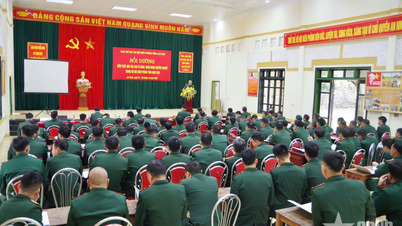


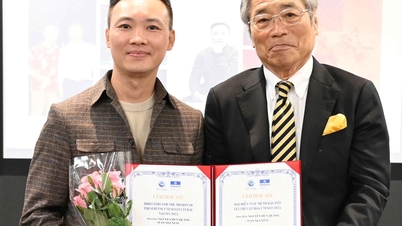









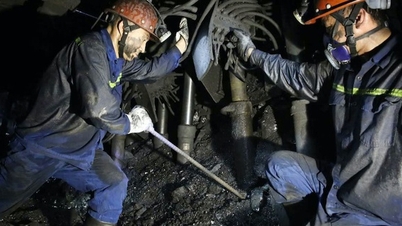

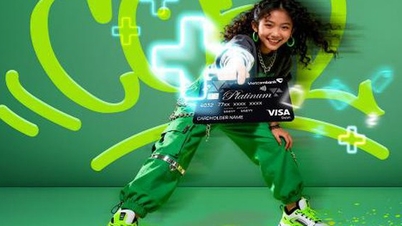












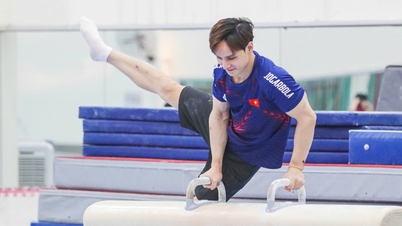







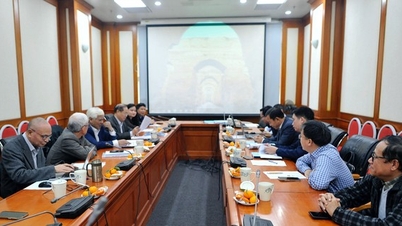
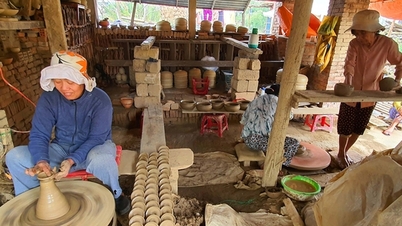


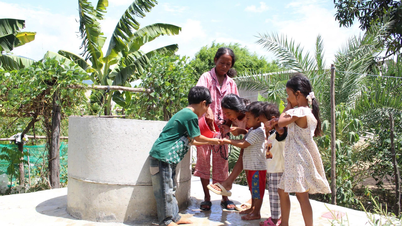

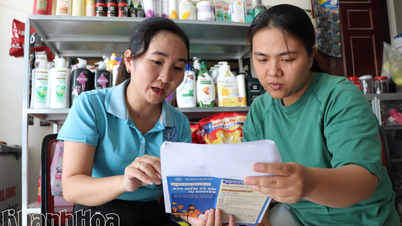
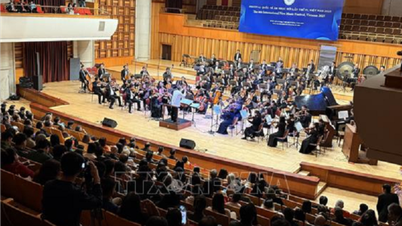


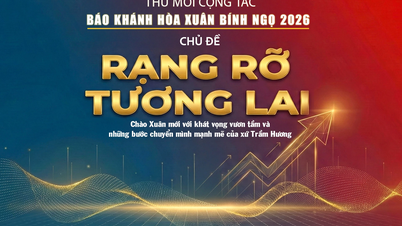















Comment (0)